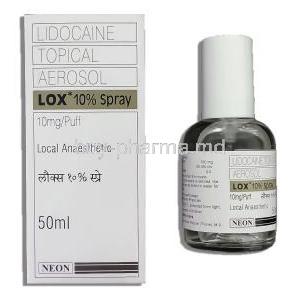Diclofenac
Uses
Diclofenac is used in the treatment of fever, headache, post operative pain, pain during menstruation,arthralgia, myalgia, dental pain, osteoarthritis, rheumatoid arthritis, ankylosing spondylitis and gout.
How it Works
Diclofenac is known as a non-steroidal anti-inflammatory drug or NSAID. Diclofenac works by blocking the release of certain chemical messengers that cause fever, pain and inflammation and also redness and swelling.
Common Side effects
Patients who take Diclofenac may suffer from such side effects;
Indigestion,
Gas,
Stomach pain,
Nausea,
Vomiting,
Diarrhea,
Constipation,
Headache,
Dizziness,
Drowsiness,
Stuffy nose,
Itching,
Increased sweating,
Increased blood pressure,
Swelling
Menthol
Uses
Menthol is used in the treatment of itching, dermatitis and eczema.
How it Works
Menthol works by activating the cold-sensitive TRPM8 receptors in the skin. Menthol, causes a feeling of coolness due to stimulation of cold receptors by inhibiting Ca++ currents of neuronal membranes. Menthol may also yield analgesic properties via kappa-opioid receptor agonism.
Common Side effects
Some of the potential side effects of Menthol can include the symptoms below;
Balance disorder,
Vomiting,
Altered heart rate,
Drowsiness,
Hypersensitivity reaction,
Nausea,
Abdominal pain,
Contact dermatitis,
Skin irritation,
Apnea,
Nystagmus,
Vertigo
Methyl Salicylate
Uses
Methyl Salicylate is used as a pain reliever.
How it Works
Methyl salicylate is known as a non-steroidal anti-inflammatory drug or NSAID. Methyl Salicylate works by blocking the release of prostaglandins, prostaglandins causes allergy symptoms and inflammation (swelling and redness). Therefore Methyl Salicylate works as a pain reliever by blocking prostaglandins in the body.
Common Side effects
Some of the potential side effects of Methyl Salicylate can include the symptoms below;
Hives,
Swelling of your face,
Lips,
Tongue,
Difficulty breathing,
Throat.













